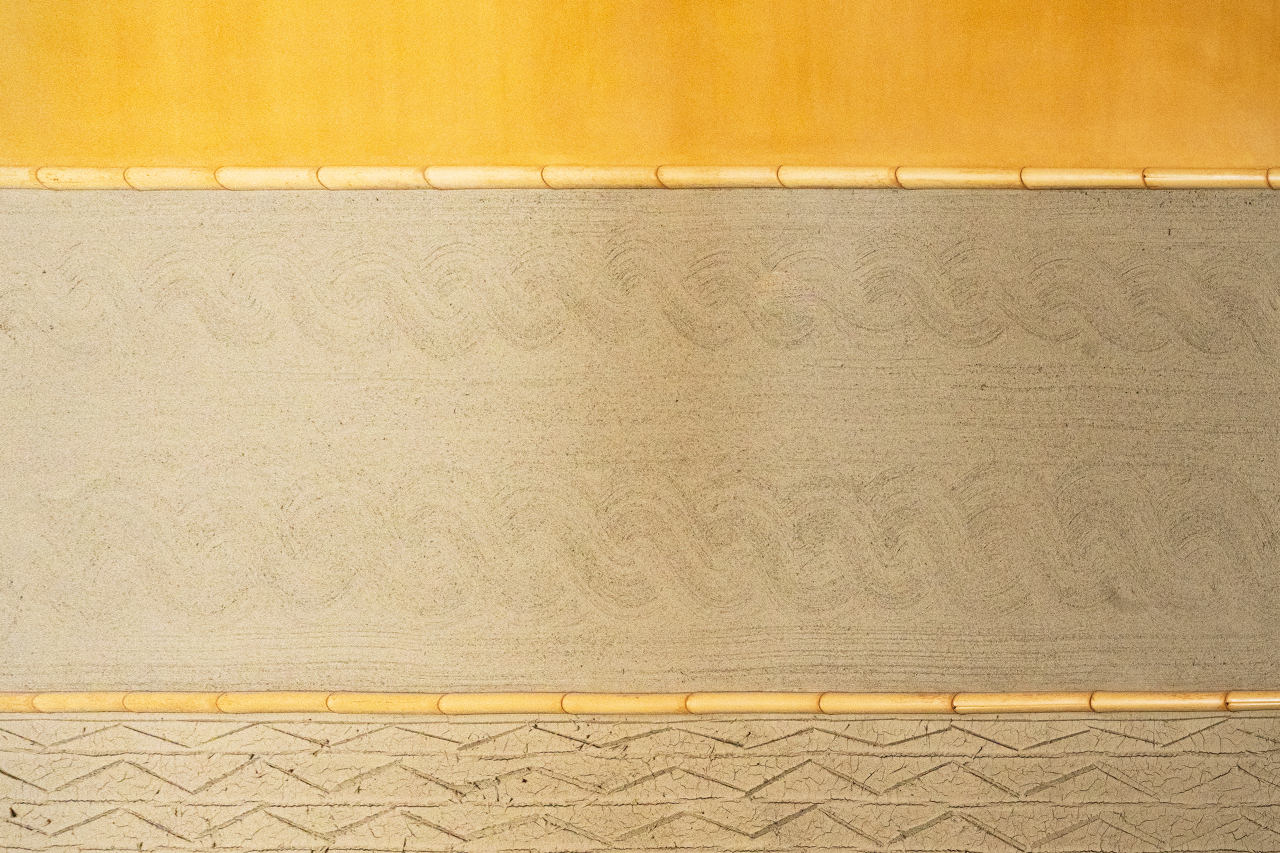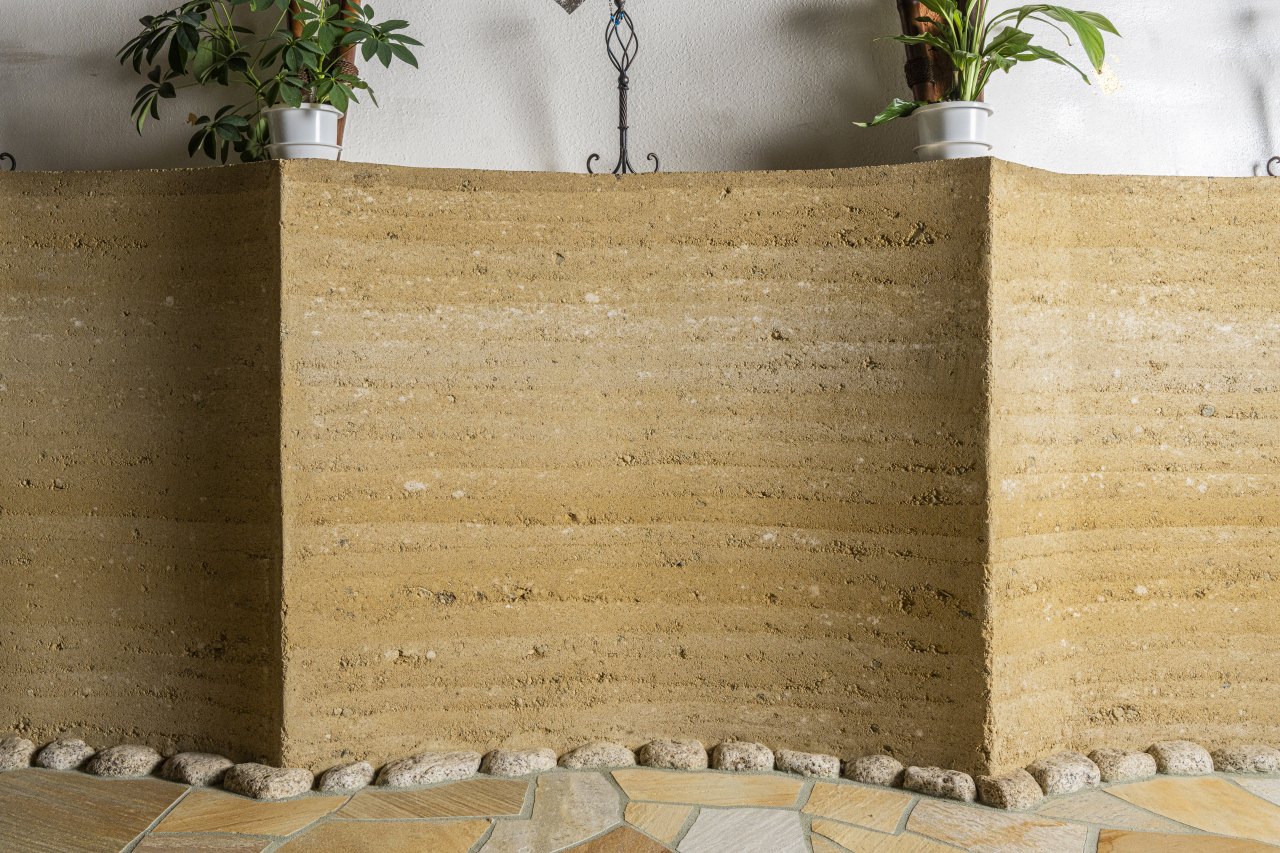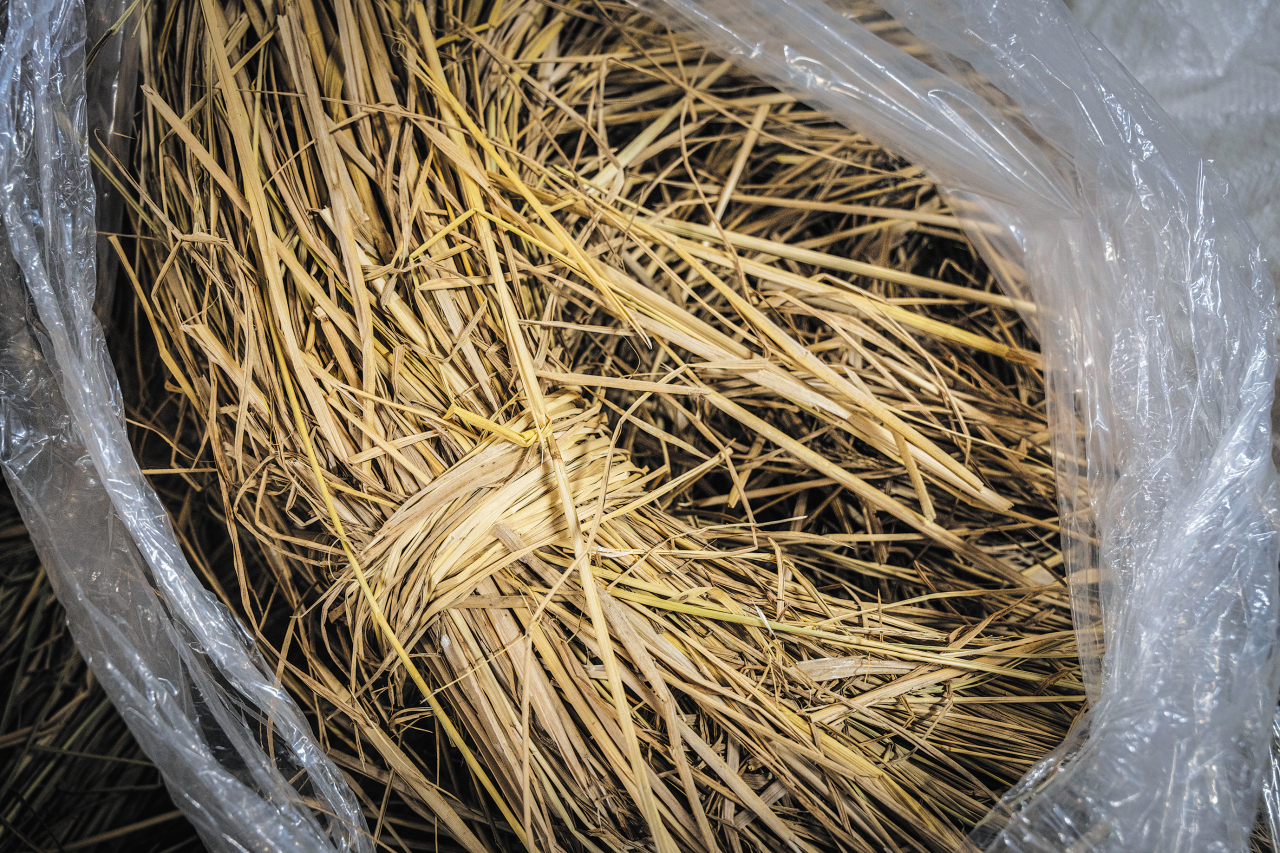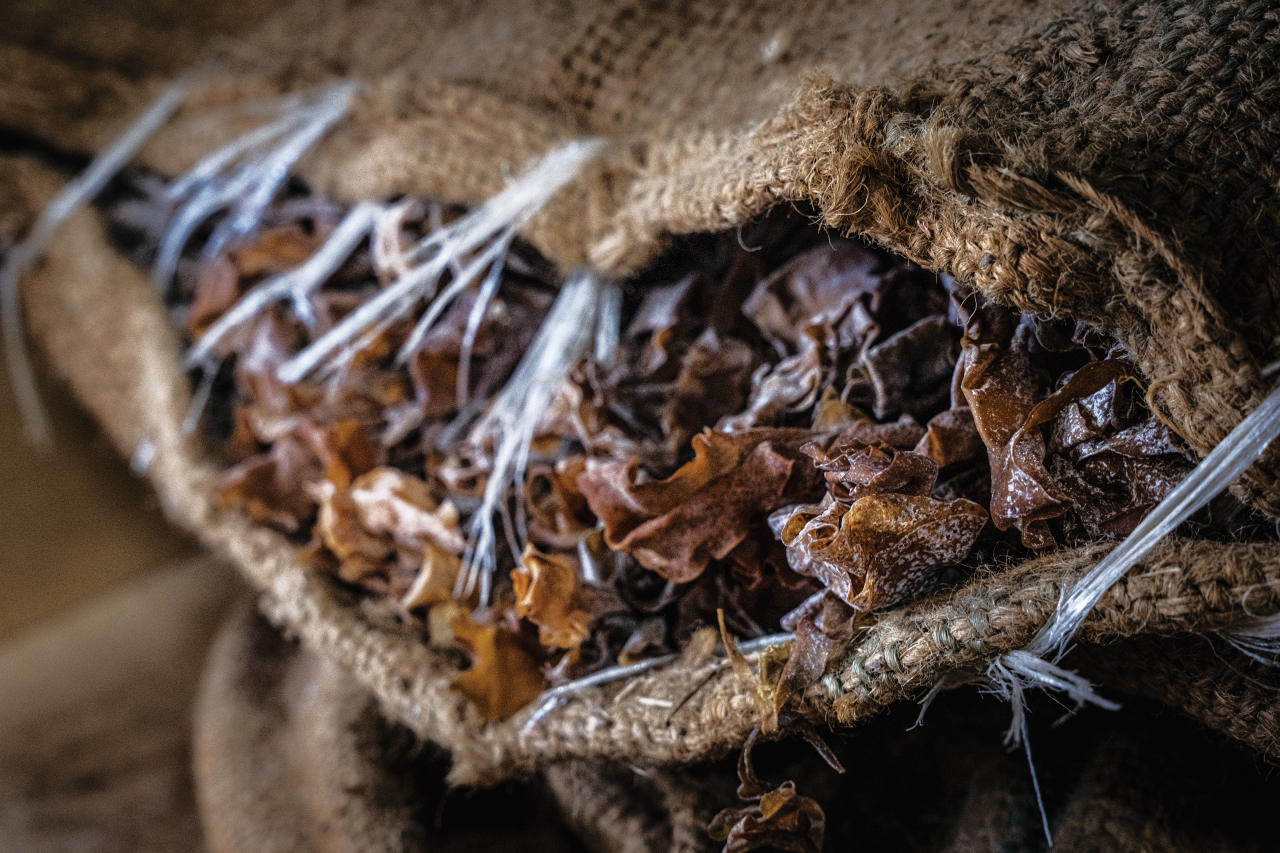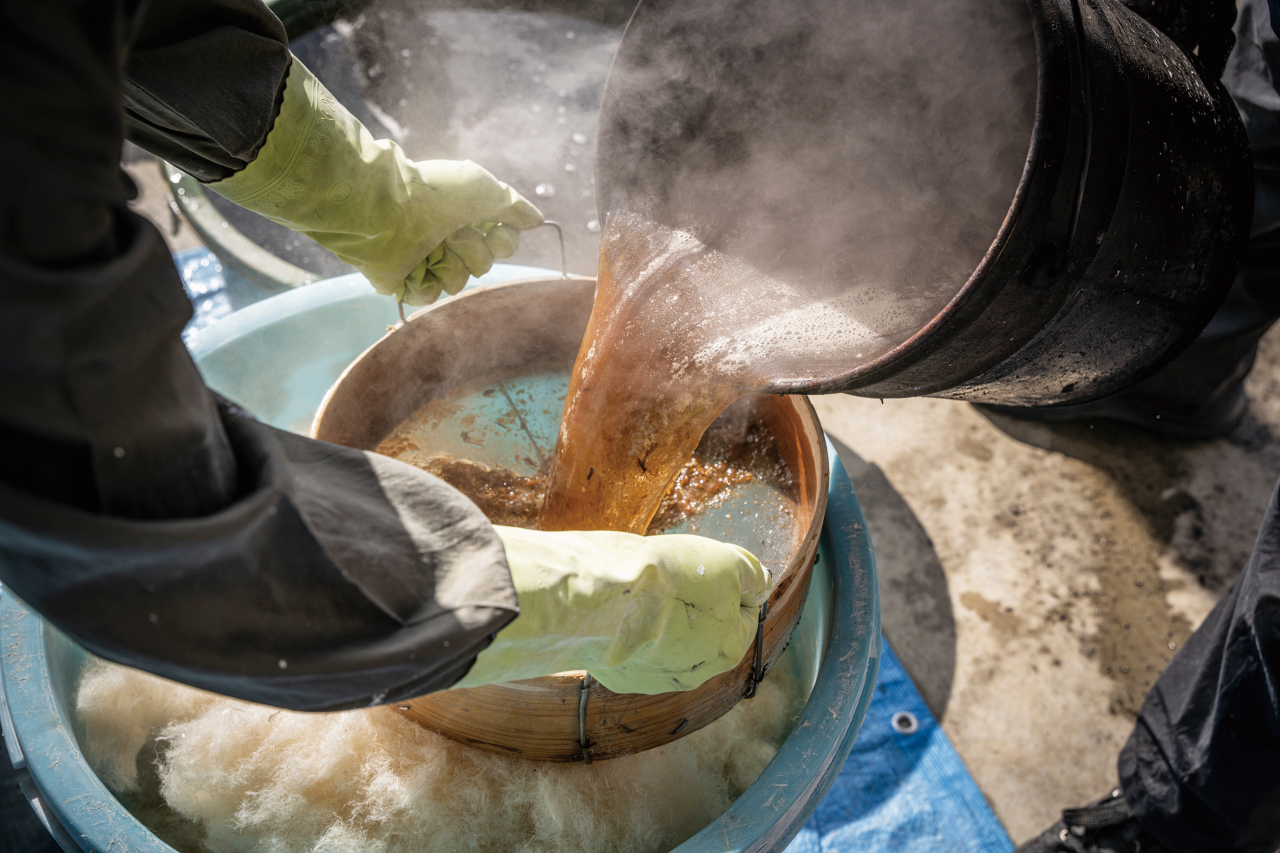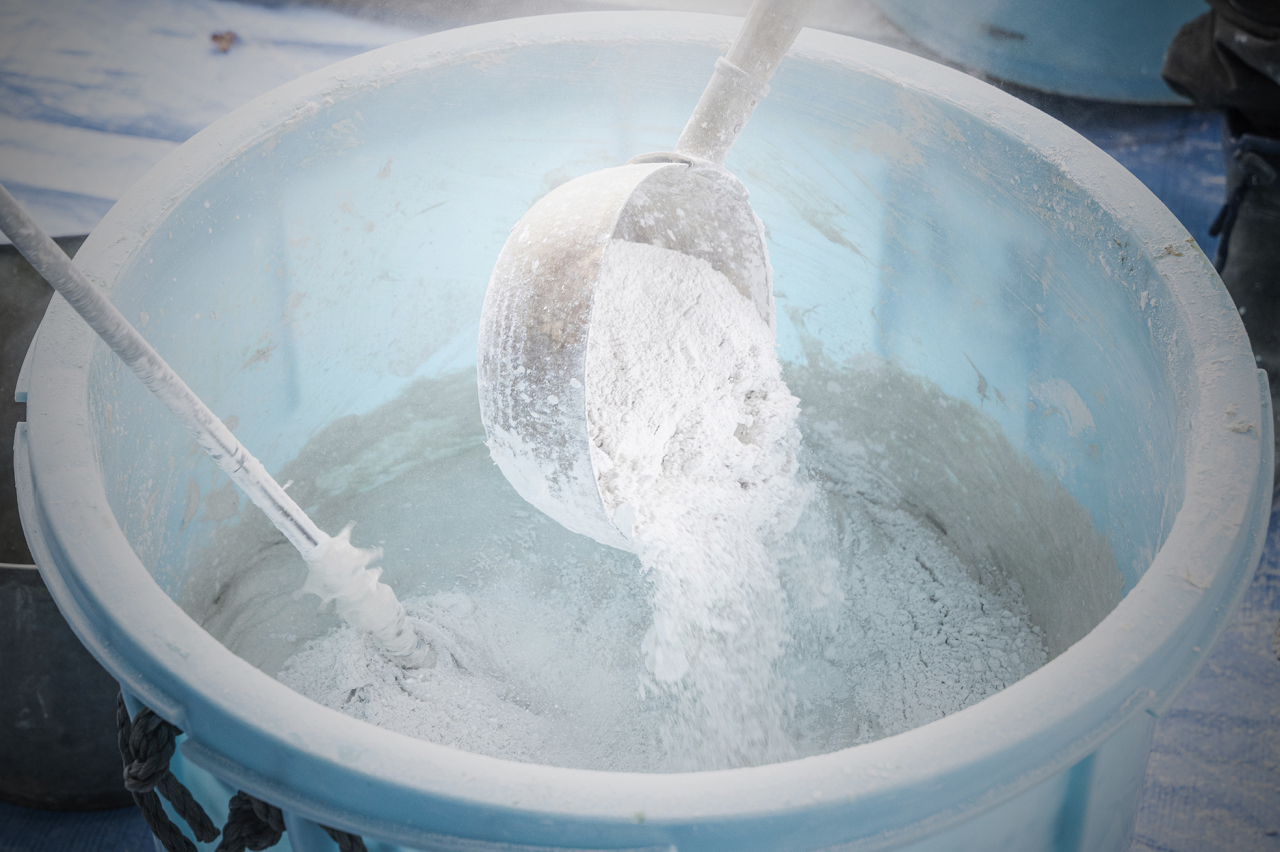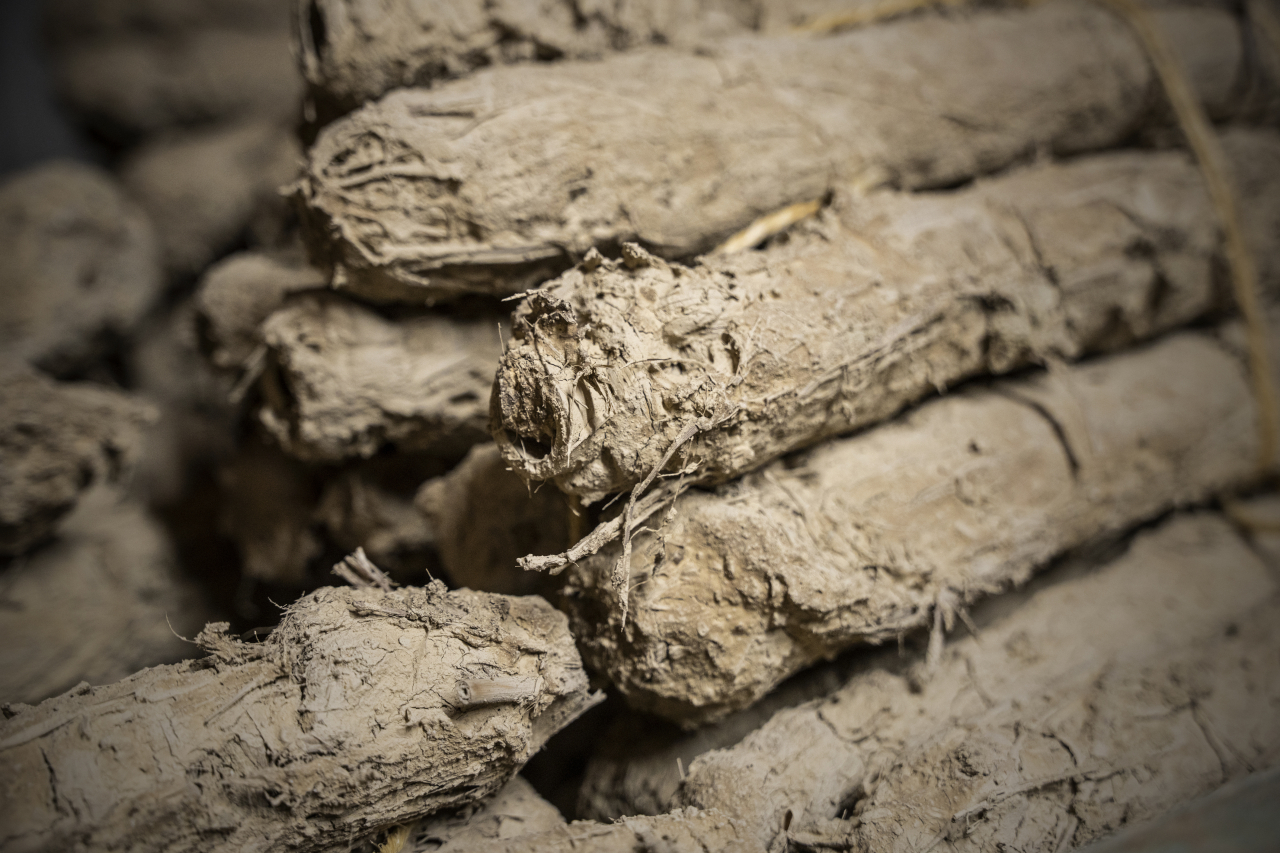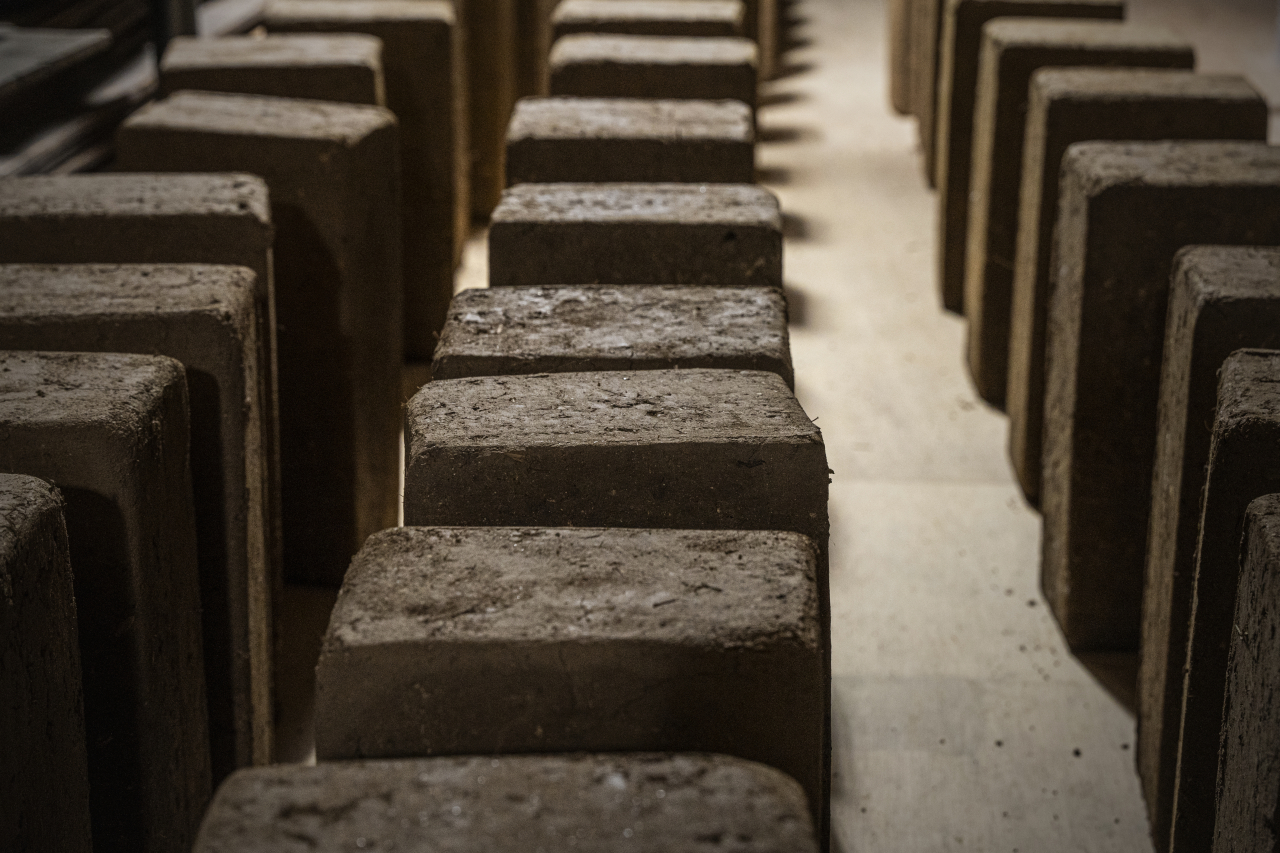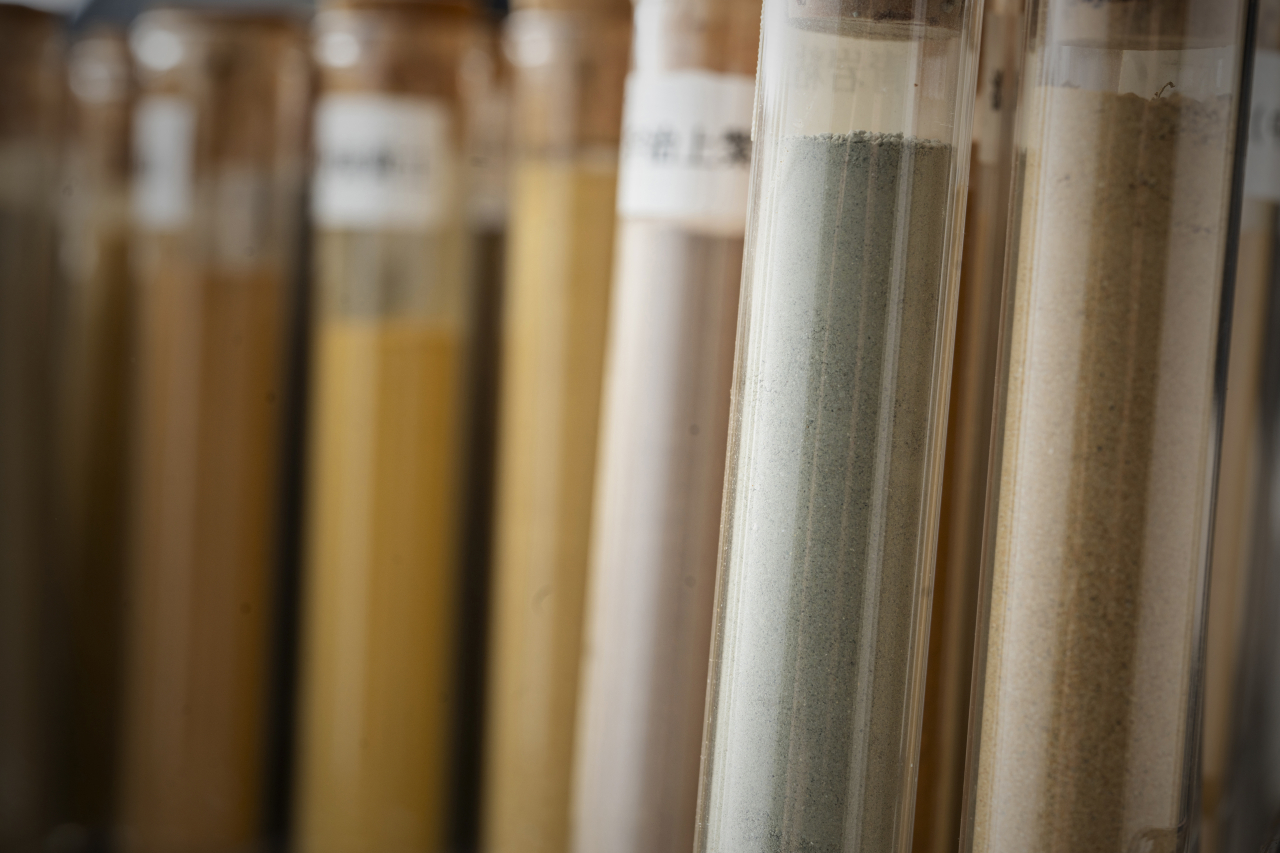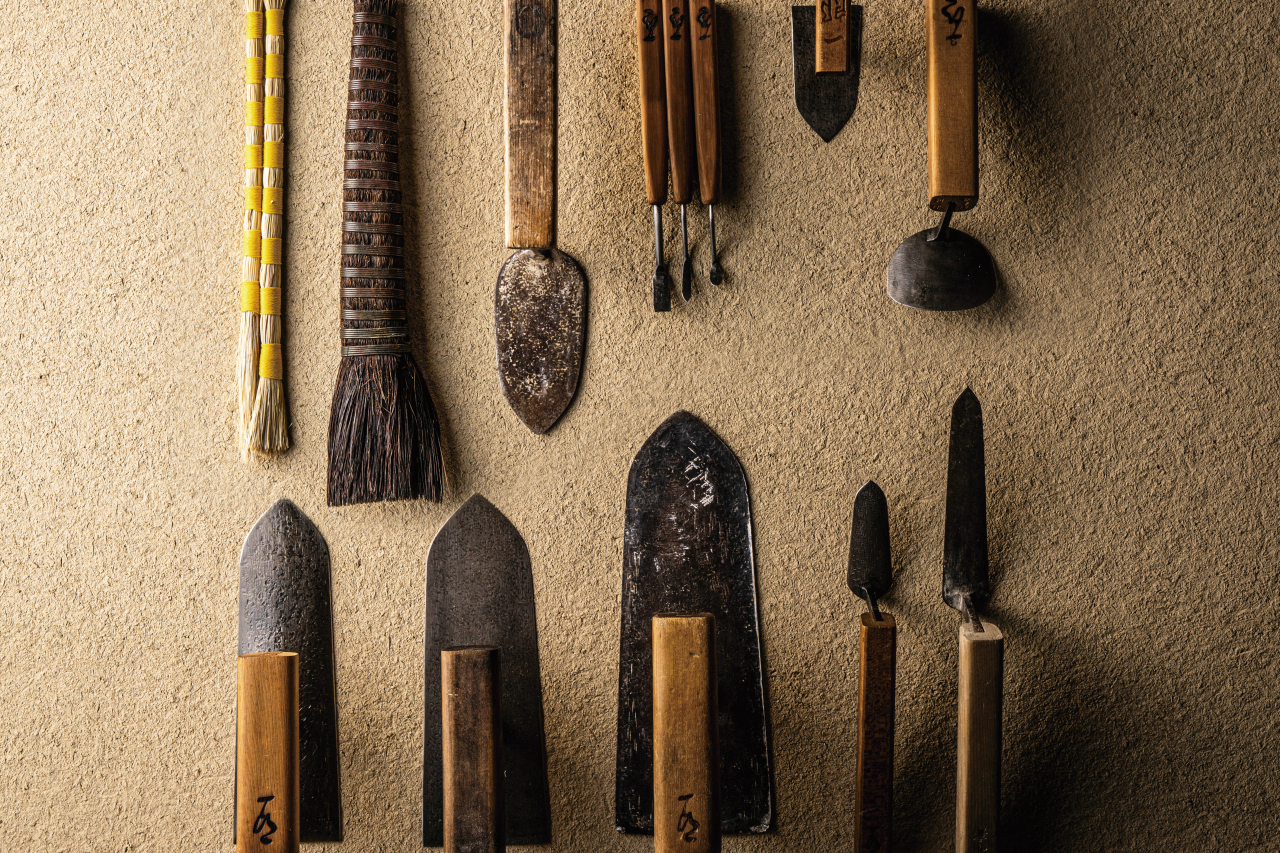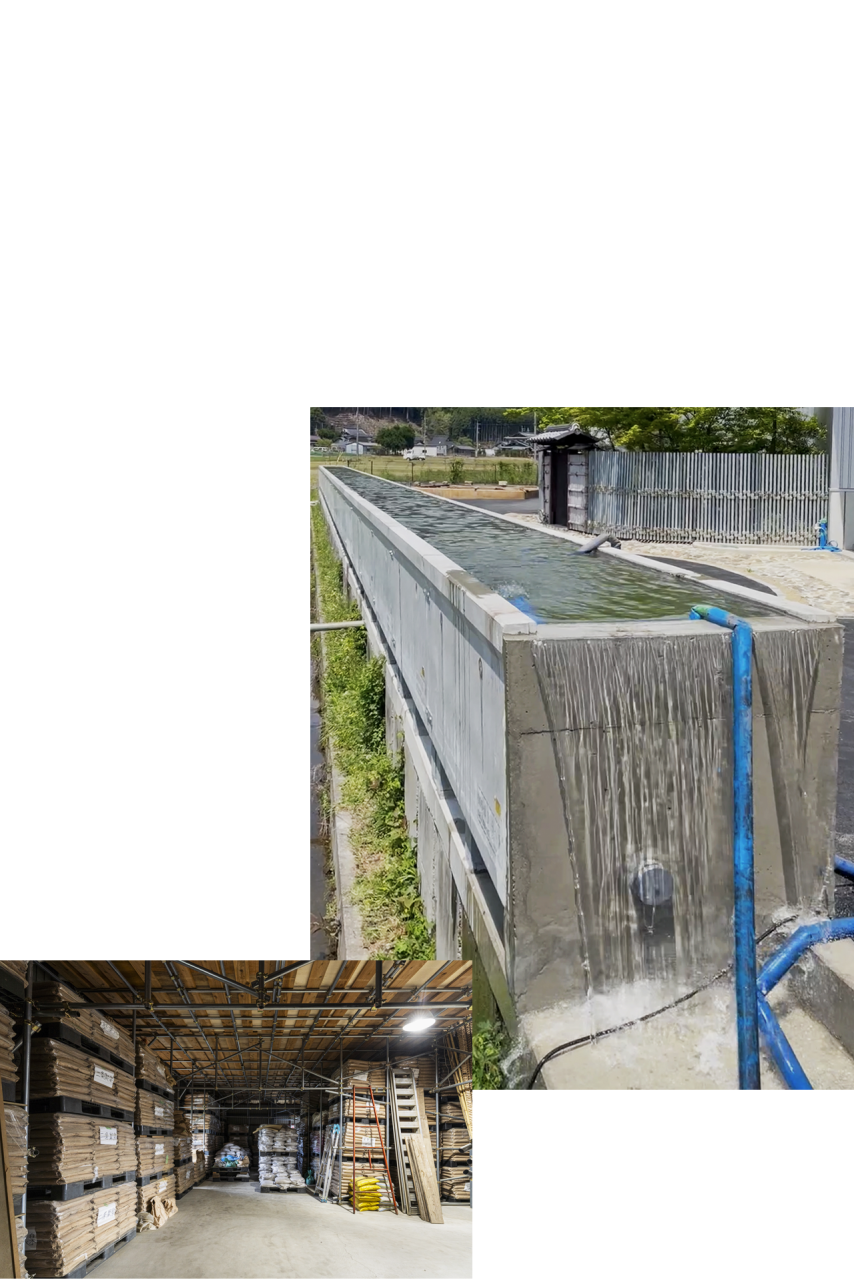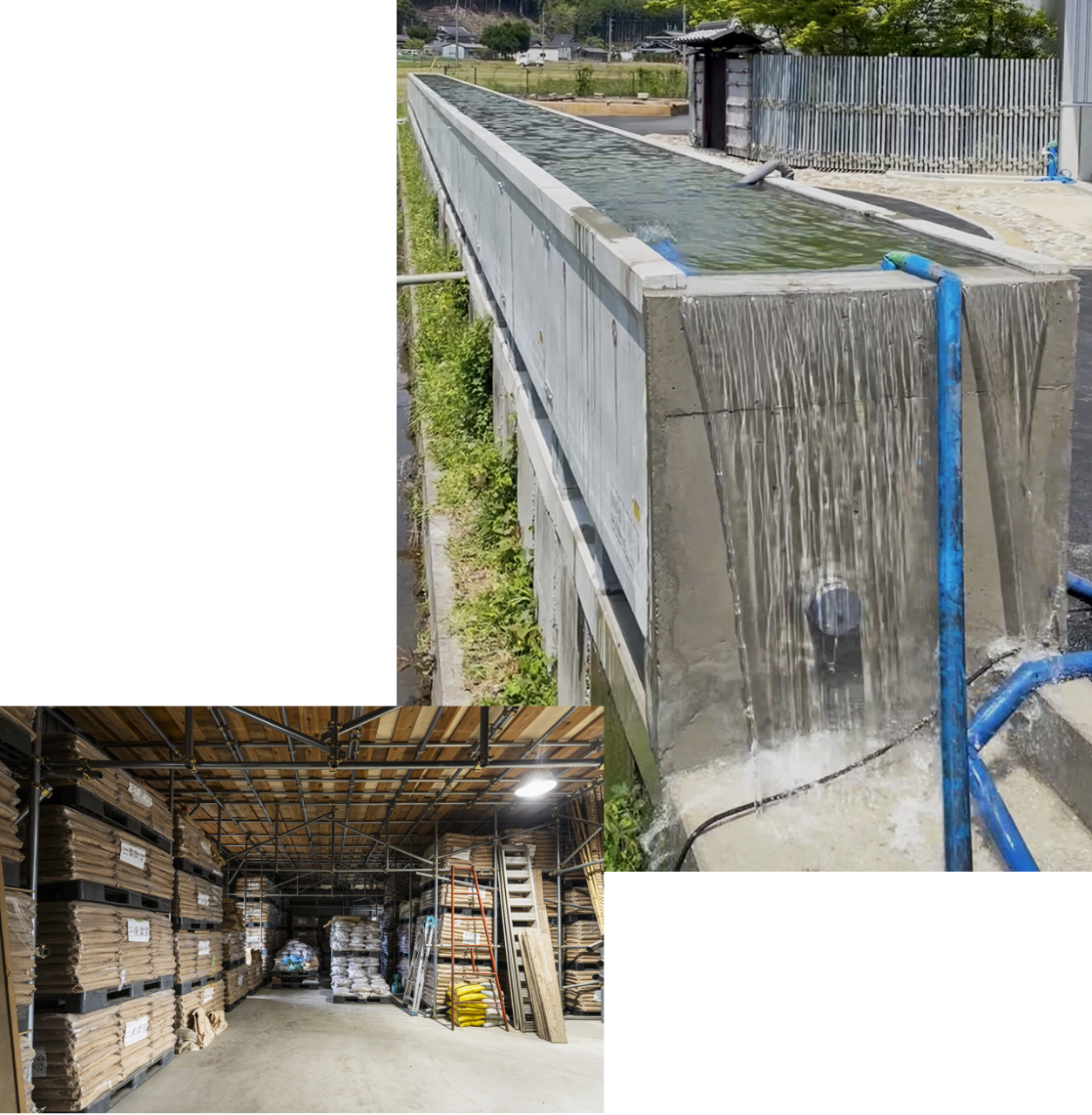At Shikkui Asahara, our work is to create earthen and plaster walls and to restore damaged ones, based on the time-honored knowledge and wisdom passed down through generations.
As techniques that were once commonplace just a few decades ago are rapidly being lost, we —who have inherited the vast knowledge of our predecessors through careful collection, organization and reinterpretation—must ask ourselves: what can we do in the present?
We wanted to convey the core of our approach.

Unlike modern, efficiency-focused construction methods, each earthen or plaster wall we create is essentially custom-made. This is why dialogue with our clients is so important. Whether we are restoring a cultural property or creating a new wall, this approach does not change. What purpose or role will the wall serve? What kind of impression should its texture and color convey? Is the design appropriate within its cultural context? If we cut corners in our conversations or craftsmanship at this stage, we risk failing to share a clear vision with our clients.
After thoroughly organizing all preliminary information—such as budget, environment, and concept—we engage in open, honest discussions. Throughout this process, we make a point of presenting past examples and material samples to help clients clearly envision the finished result.


Plastering work requires a variety of tools, including trowels and brushes. It is taken for granted that each craftsman prepares and carefully manages their own set of tools. Someone’s understanding of the craft and their attitude toward their own skills are clearly reflected in how they care for and handle their tools. It has long been said that you can judge a plasterer’s true ability by how they treat their tools.
Plasterers know that the tools they use most frequently—those that fit naturally in their hands—are a mirror of themselves. In other words, we never take our trusted tools for granted. Just as we care for our own health, we treat our tools with the same level of attention and respect to ensure we can meet our clients' expectations and maintain pride in our work.


While we cherish the knowledge and techniques we have cultivated over the years, there is no guarantee that they will be passed on unchanged into the future. Whether they continue to be needed, or deemed worth the cost, will ultimately be determined by future generations and the times they live in.
Even so, if younger generations wish to learn our techniques and philosophy, we wholeheartedly welcome that challenge. We believe our role is to create an environment where we can inspire and elevate one another, provide opportunities for young people to bring new ideas to life, and train them thoroughly so that one day they can choose answers that feel truly their own.


![]()
![]()







